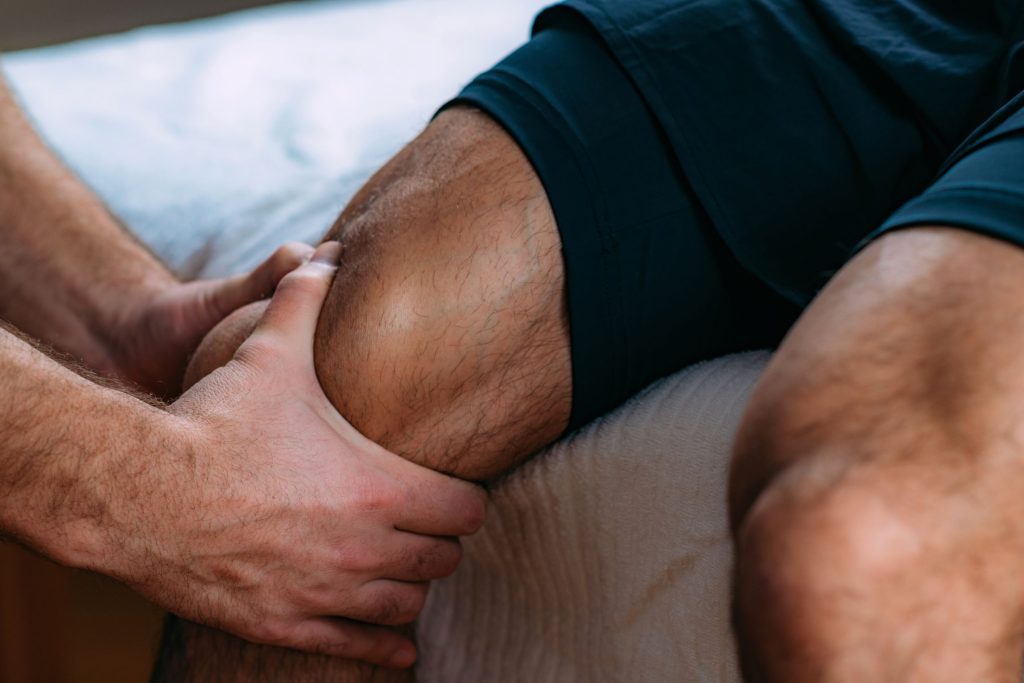Understanding Knee Pain
Knee pain is a common issue that can affect people of all ages and activity levels. Whether you’re an athlete, a weekend warrior, or someone who experiences discomfort during everyday activities, knee pain can significantly impact your quality of life. At Radiant Physical Therapy in San Jose, we specialize in diagnosing and treating knee pain to help you get back to doing what you love.

Common Causes of Knee Pain
Knee pain can arise from various conditions and injuries. Here are some common causes:
1. Injuries
- Ligament Injuries: Tears or sprains in the ligaments, such as the ACL, MCL, or PCL, are common in sports and high-impact activities.
- Meniscus Tears: The meniscus can be torn due to sudden twists or turns, especially during sports.
- Tendonitis: Overuse can lead to inflammation of the tendons, commonly known as patellar tendonitis or “jumper’s knee.”
2. Arthritis
- Osteoarthritis: This degenerative joint disease is a common cause of knee pain, especially in older adults.
- Rheumatoid Arthritis: An autoimmune condition that can cause painful inflammation in the knee joints.
3. Overuse and Repetitive Strain
- Runner’s Knee: Also known as patellofemoral pain syndrome, this condition is caused by repetitive stress on the knee.
- Bursitis: Inflammation of the bursae, the small fluid-filled sacs that cushion the knee joint, can cause significant pain.
4. Muscle Imbalances
- Quadriceps and Hamstrings: Imbalanced muscles around the knee can lead to improper joint alignment and pain.
Our Approach to Knee Pain Treatment
At Radiant Physical Therapy, we take a personalized approach to knee pain treatment. Our experienced physical therapists will conduct a thorough assessment to identify the root cause of your pain. Based on this evaluation, we will create a customized treatment plan that may include:
- Manual Therapy: Hands-on techniques to improve mobility and reduce pain.
- Strengthening Exercises: Targeted exercises to strengthen the muscles around your knee and improve stability.
- Stretching and Flexibility: Programs to enhance flexibility and prevent future injuries.
- Modalities: Use of ultrasound, electrical stimulation, or cold/heat therapy to reduce pain and inflammation.
- Education: Guidance on proper body mechanics, posture, and activity modification to prevent re-injury.
Posted on